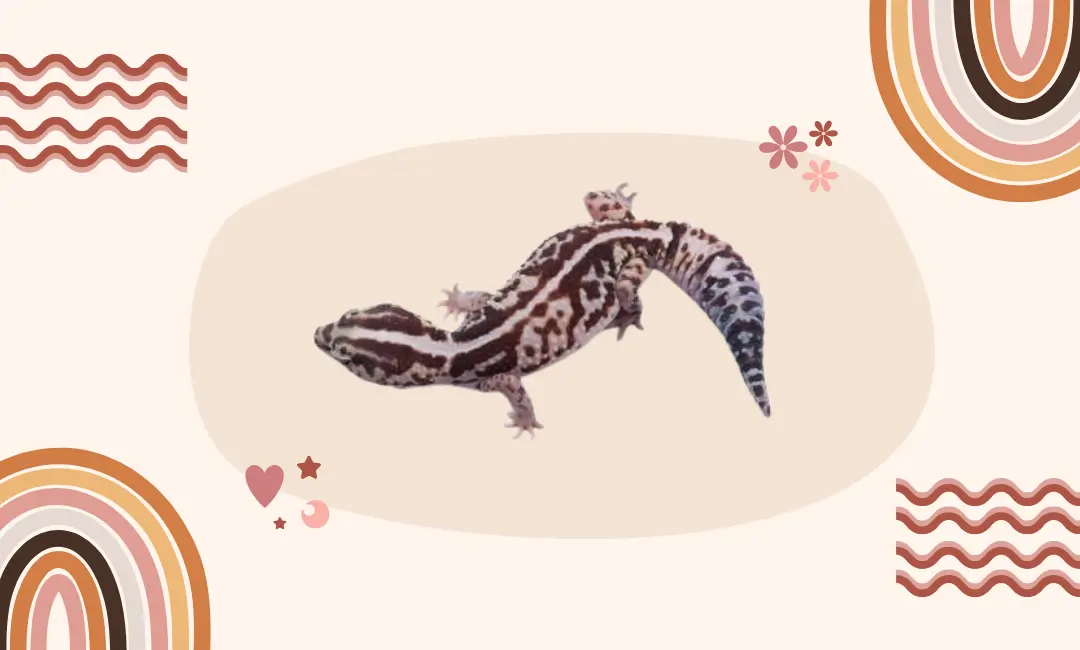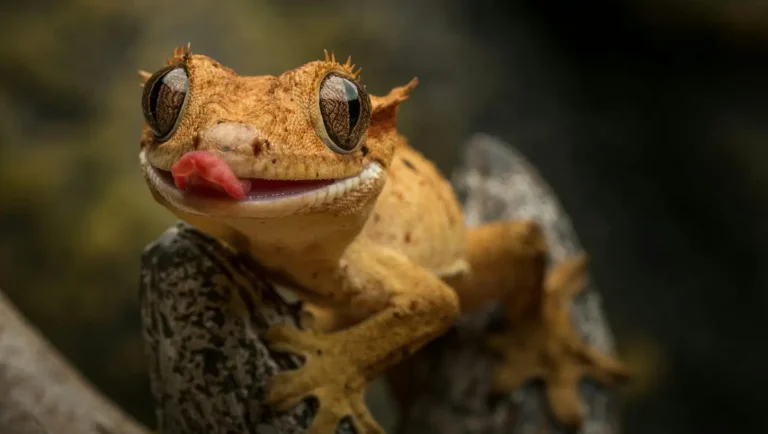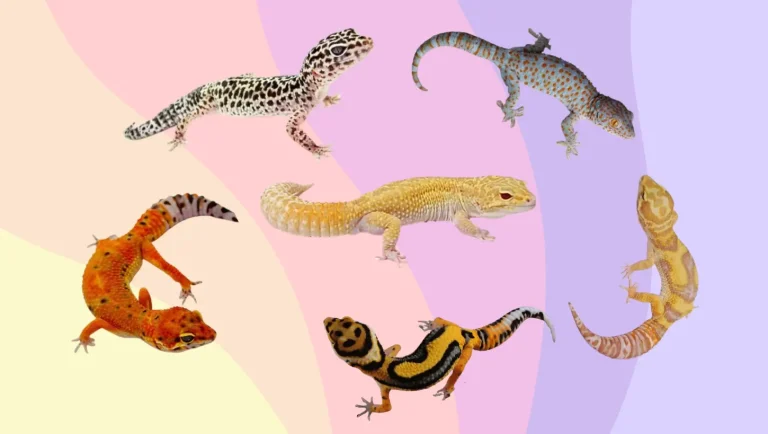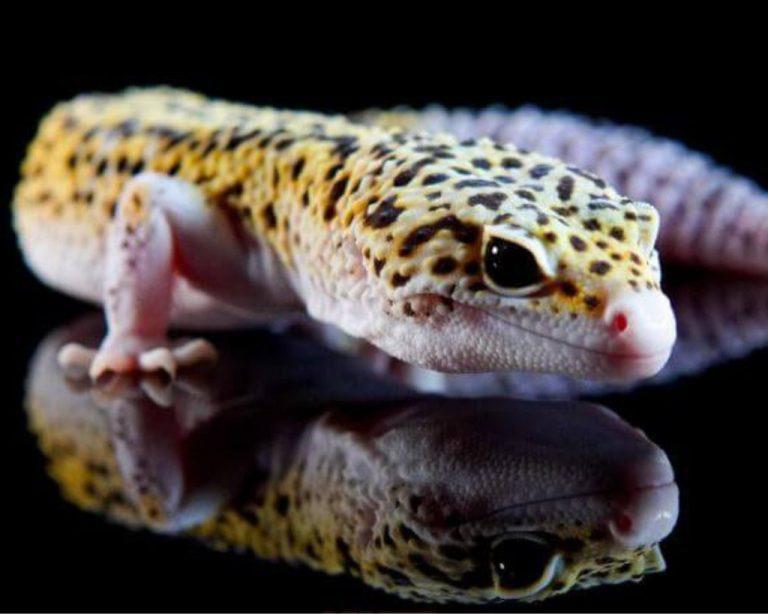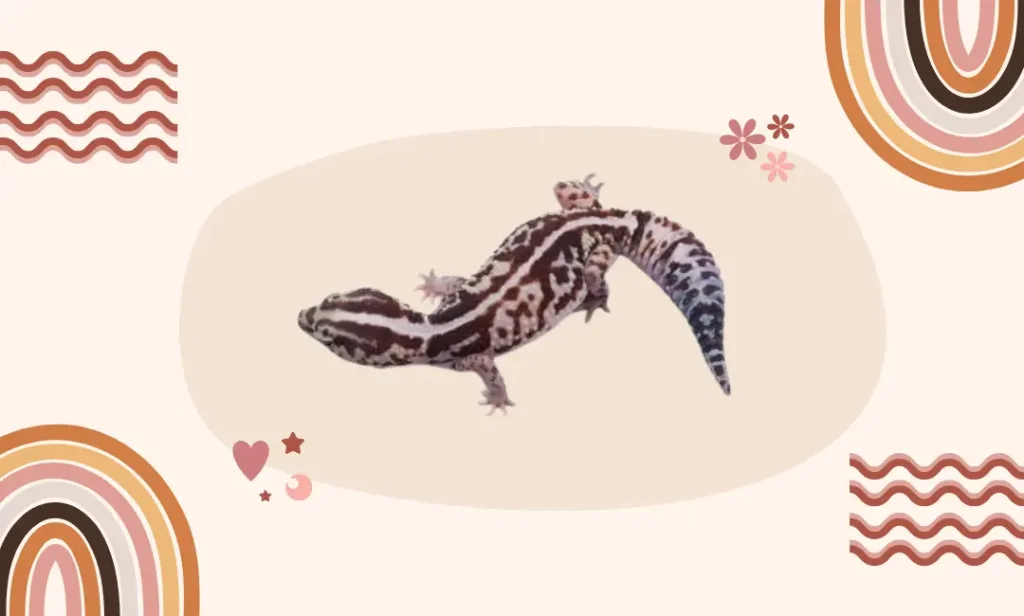
Imagine a small lizard friend that’s not only easy to take care of but also has some cool tricks up its sleeve. That’s the African fat-tailed gecko! It’s kind of like a cousin to the leopard gecko, but with its own unique style. These little buddies are becoming more and more popular because they’re not too hard to look after. If you’re curious about these tiny reptiles and want to know how to make them super happy as pets, you’re in the right place. Get ready to explore the world of African fat-tailed geckos, where we’ll uncover their habits, where they live, what they eat, and all the fun things that make them special.
Species Overview
- Common Name(s): African fat-tailed gecko
- Scientific Name: Hemitheconyx caudicinctus
- Adult Size: Typically 7-9 inches in length, ranging from 4 to 11 inches
- Lifespan: 15-20 years in captivity and the wild
Behavior and Temperament
African fat-tailed geckos exhibit docile behavior, minimal noise, and a non-aggressive demeanor. Ideal for beginners, they require little taming for handling. Being nocturnal, they stay active at night and seek shelter during the day. A noteworthy defense mechanism is their ability to drop their tail when threatened, though it regrows differently. Caution during handling and avoiding housing two males together are essential.
Size Information
While small compared to other reptiles, female African fat-tailed geckos reach around 7 inches, with males slightly larger, up to 9 inches. Some may grow up to 12 inches, but the unique feature is their fat tail, exceeding an inch in width, giving them their name.
Housing
These geckos thrive in minimal space, with a 10 or 20-gallon aquarium suitable for one or two individuals. Adequate hides, both dry and humid, and substrate like paper towels or reptile soils are necessary. Temperature maintenance around 90 degrees Fahrenheit on the hot end and high 70s to low 80s on the cool side, with humidity between 40-60%, ensures a comfortable environment.
What Do They Eat and Drink?
Primarily insectivores, African fat-tailed geckos enjoy crickets, mealworms, and waxworms after gut-loading. Regular dusting with reptile calcium powder and access to a shallow bowl of clean water are essential. Adult geckos typically consume about two dozen crickets per week.
Common Health Problems
African fat-tailed geckos, while generally hardy pets, can encounter various health problems that require vigilant attention from their owners. One common issue is metabolic bone disease, which results from a lack of proper calcium, vitamin D3, and UVB exposure. This condition can affect their bone development and overall well-being. Additionally, dysecdysis, or retained shed, may occur, hindering the shedding process. Malnutrition is another concern, emphasizing the importance of a well-balanced diet. Owners should also be cautious about potential intestinal parasites like cryptosporidium and injuries that may arise. In cases of impaction or other health issues, prompt veterinary attention is essential to ensure the gecko’s health and longevity. Regular monitoring and a proactive approach to healthcare are vital aspects of responsible ownership.
Upkeep Costs
Minimal upkeep costs involve food expenses and occasional lightbulb changes for temperature regulation. Raising your own prey can further reduce costs.
Pros and Cons of Keeping as Pets
Having African fat-tailed geckos as pets has its good points and things to consider. On the positive side, these geckos are tough and great for beginners. They are calm and usually don’t bite, so you don’t need to spend a lot of time taming them to handle. They are most active at night, which is good if you’re around during the evening. They don’t need a lot of space, making them fit well in smaller homes. However, there are some things to watch out for. Because they are small, they can be delicate, and they might drop their tail if they feel scared. You need to handle them carefully and have an adult around. Also, if you prefer pets that are active during the day, these geckos might not be the best choice. It’s important to know both the good and not-so-good sides of having African fat-tailed geckos as pets.
Purchasing or Adopting
When considering a new reptilian companion, African fat-tailed geckos are readily available from various sources. While some pet stores may offer these geckos, many individuals prefer obtaining them from reputable breeders found online or at reptile shows and expos. When purchasing, it’s advisable to personally inspect the gecko, preferably at events where breeders showcase their reptiles. This allows you to ask questions, assess the gecko’s health, and ensure there are no apparent signs of illness. As the popularity of these geckos grows, they might also find their way into reptile rescues. Regardless of your choice, responsible acquisition involves understanding the commitment of caring for these unique pets.
Reproduction/Breeding
Breeding African fat-tailed geckos can be a fascinating endeavor for reptile enthusiasts. If you intend to facilitate breeding, consider the following insights:
- Cohabitation: If you house a male and female gecko together, they may engage in breeding behavior. However, the mere presence of eggs doesn’t guarantee viability and hatching.
- Egg Incubation: Special conditions are required for successful egg incubation. Create a separate, secure enclosure for the female to lay eggs, ensuring a substrate suitable for egg-laying.
- Calcium Depletion: Extra care is crucial for the female during this period to prevent calcium depletion and egg binding. Ensure a well-balanced diet and provide appropriate supplements.
- Veterinary Guidance: If you’re new to breeding, seeking advice from a reptile veterinarian or experienced breeders can be beneficial. They can offer valuable insights into the breeding process and help address any challenges that may arise.

